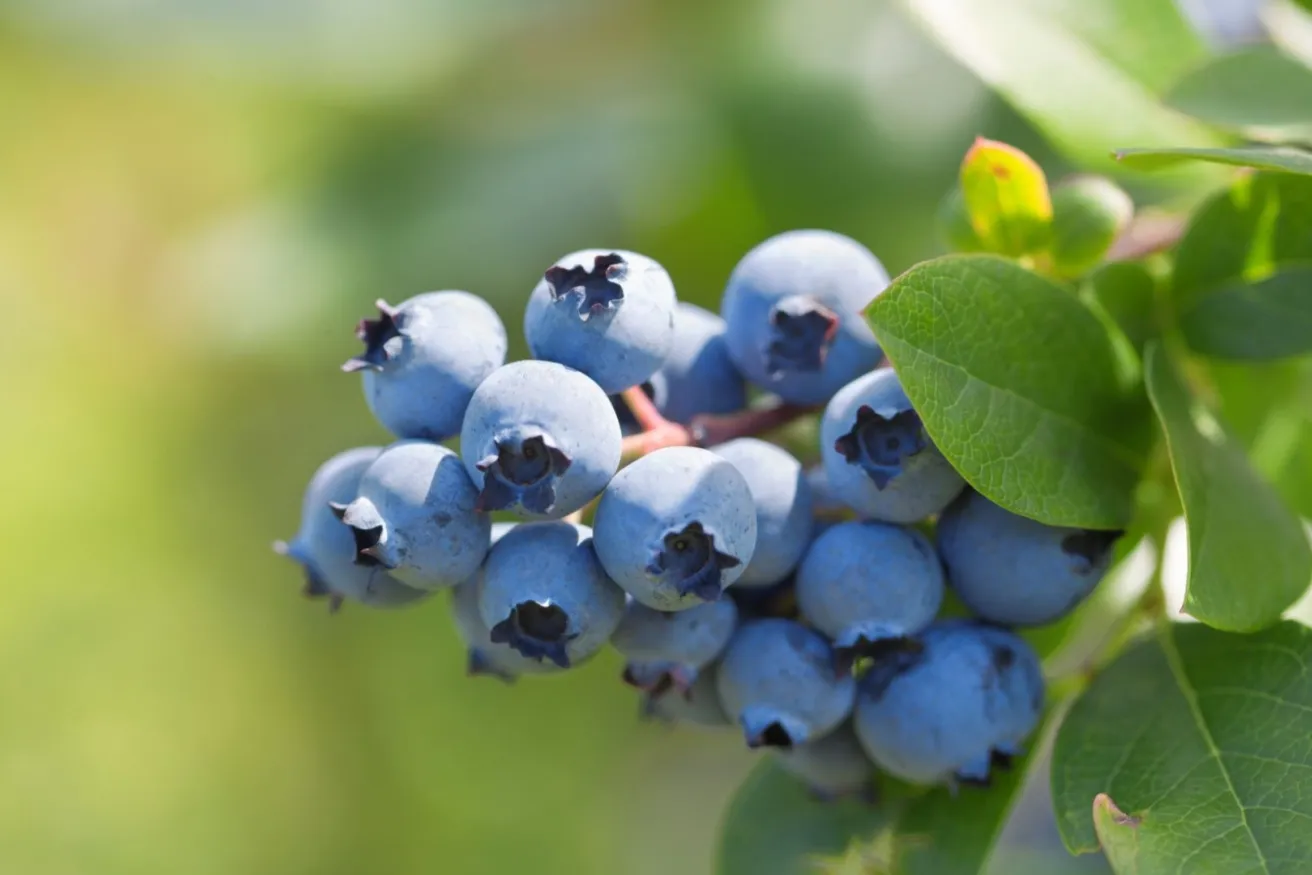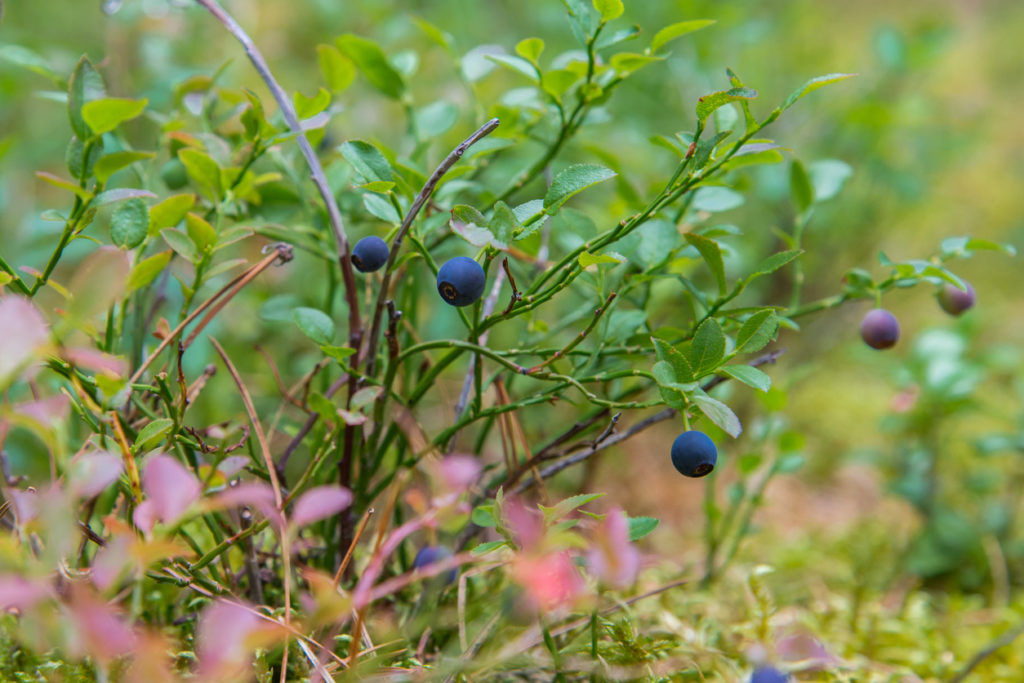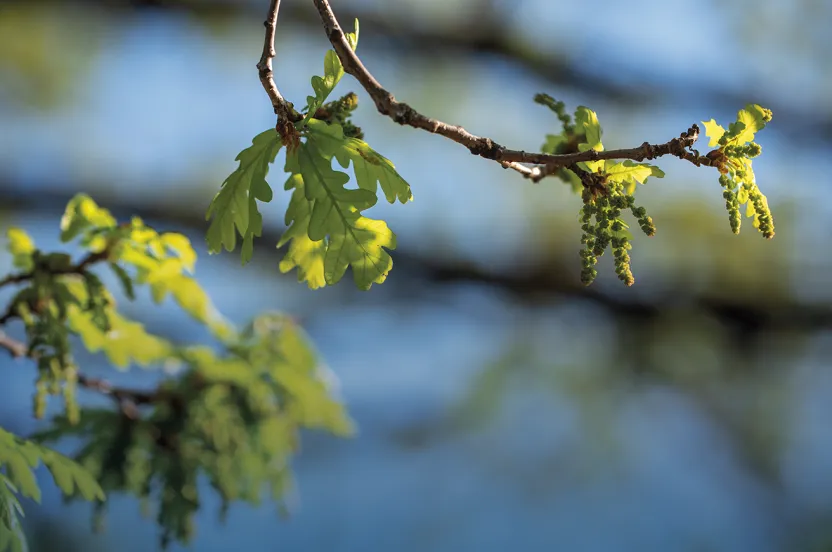How to Plant, Care, and Prune Blueberry Bushes
Northern highbush blueberries are natives of North America. They are an upright bush with a relatively shallow, fibrous root system and woody canes. Fruit is borne on buds formed during the previous growing season in late summer. Highbush blueberry plants leaf, flower, and fruit in June. They are used as hedges, shrub borders, beautiful ornamentals or for wildlife.
This guide will take you step by step, from selecting and planting the right fruit trees, bushes, and vines for your backyard garden or orchard, all the way to upkeep of your mature tree.
Read Caring for Fruit Trees and Bushes: Blackberry
Choosing a Site
Light: Full Sun to Partial Shade
Soil: Moist, acidic, organic, well-drained soil. Highbush blueberries require a soil pH of 4.0-5.2. If you do not have acidic soil, it can easily be changed by working with a local lawn and garden supply store to help lower your soil’s pH. The pH of the soil can also be lowered by adding finely ground straight elemental sulfur or elemental sulfur in pill form. Aluminum sulfate and iron sulfate are no longer recommended, because they cause plant toxicity with certain soil types. A range of 3-20 percent organic content is best. To increase the soil’s organic content, amend with organic mulch, wet peat moss, well-aged sawdust, straw or leaf litter.
Pollination: Blueberries are self-pollinating. However, cross-pollination produces a better crop, creating larger berries and larger yields. It is best to plant 2-3 types of blueberry with the same bloom time. (Note: Rubel and Bluecrop both bloom mid-season).
How to Plant Northern Highbush Blueberries
For best results, plant your blueberry bushes in early spring. Once your plants arrive, plant them immediately. If you cannot plant immediately, keep new arrivals cool and roots moist. To keep cool, it is recommended that you store in refrigerator or cool place.
- Unpack and Soak: Unpack your blueberry bush and soak in water for 3 to 6 hours just before planting.
- Cut Broken Roots.
- Dig Hole(s): The width of the hole should allow you to spread roots. If you are planting multiple blueberries, dig holes 4'-6' apart. If you are creating several rows dig holes 7'-12' apart.
- Spread Roots in Hole
- Shovel Dirt Back in Hole and Add Amend Soil.
- Do Not Tap Soil: Don’t step on the soil or tap it down.
- Water: Give each plant 1"-2" of water.
How to Control Weeds Around Blueberries
Weed control is essential. Eliminate weed competition prior to planting if possible. Blueberry plants are shallow rooted, so do not hoe or cultivate around the bushes deeper than 2". Pull the weeds out.
How to Prune Blueberries
Do not prune for the first 2-3 years except to remove damaged or rubbing canes. Remove the fat fruit buds the first year to force vegetative growth and help the root system get established. Upright blueberry shrubs tend to become dense in the center causing shading.
After the third year, a mature cultivated blueberry plant has 15-18 canes which originate from the crown. Pruning controls the crop to increase fruit quality.
When the bushes are mature after several years, remove older central canes and prune inward pointing laterals back to the main cane. Prune when dormant in late winter or early spring. Fall pruning is not recommended, because the new shoots could be killed by a cold winter. If necessary, thin out the dormant fruit buds to get fewer but larger berries.





